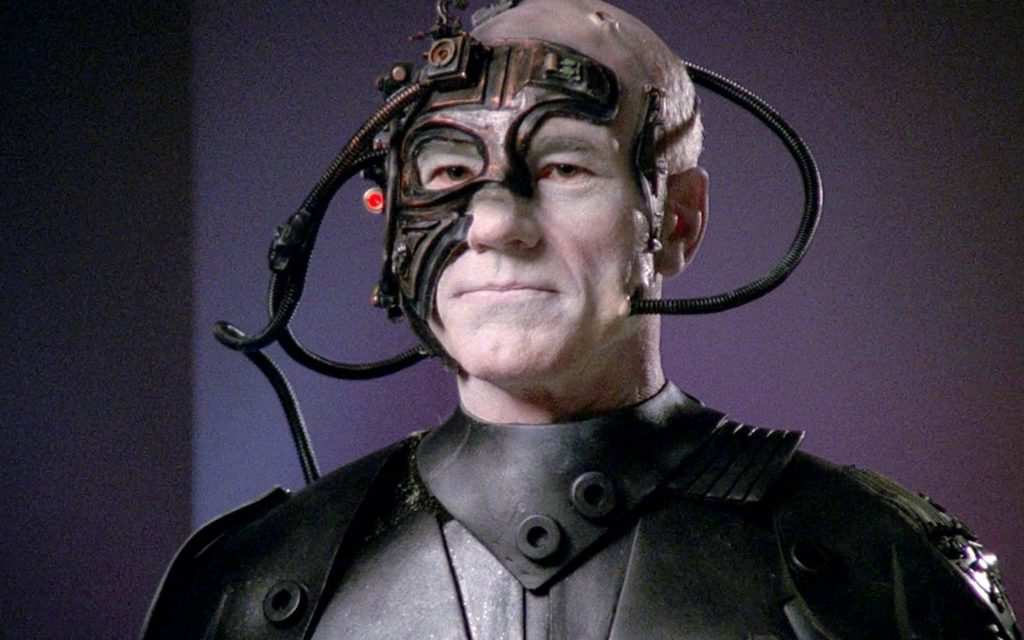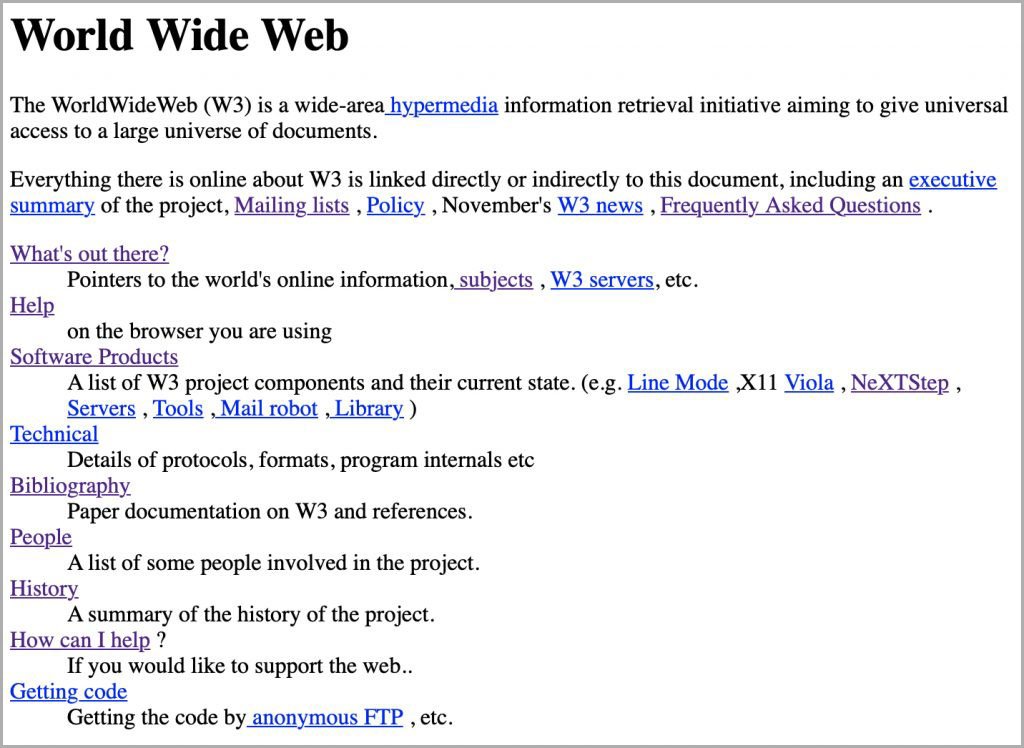How Humans and Technology are Becoming One
In our daily existence, we as a human race are constantly filling algorithms with information. There are labs all over the world pushing scientific and technological exploration. If we weren’t doing this, the data and technology available to us would become redundant and not as useful. At this point, we have to keep feeding our technology to continue safely relying on it. In turn, the technology we have has continued to grow and become more of an extension of ourselves. So, that settles it right? I guess…we’re cyborgs now!

Thankfully, it seems the assimilation to becoming a borg is a lot less traumatic than what Picard has been through. That said, I’m down to keep Google Glasses on the back burner for a lot longer.
In this blog, we’ll be focusing more specifically on how we affect algorithms, SEO, and their subsequent technology. We’ll explore how those all affect us as people, as well.
We Feed Technology, Technology Feeds Us
Technically, the first “official” website was published in 1991. In my opinion, introduced the initial idea of SEO and “feeding” the internet with data. This turned into a new breed of algorithms that will seemingly always continue developing as long as search engines exist. The idea of SEO and ensuring your website was easier to find than others didn’t exist yet. This wasn’t really put into true actionable and spoken about terms until 1996/1997, and Google was started in 1998. That said, human interaction with how we use the “world wide web” has furthered the progress into cyborg-dom exponentially.
Technological Growth is Fast
Algorithm technology is ever-growing, developing, and changing in ways we can’t totally fathom. Equally, almost all of us carry around a pocket-sized computer that has more storage, more ram, and a blazingly faster processor than the computer that first launched us to the moon. That CPU had a whopping 72KB of RAM, whereas iPhones are gauged at about 3GB of RAM. For edification, 72 kilobytes of RAM would equal 0.0000686646 of a gigabyte. That is not even a full megabyte at only 0.072MB – that’s WILD to think about!
That’s also why there were so many incredible black female mathematicians operating these NASA computers. They had to do a LOT of work to compute that much information! (Thank you to Creola Katherine Johnson, Mary Jackson, Dorothy Vaughan and so many more for all the advances you made throughout your time at NASA!) The convenience, accessibility, and size of our smartphones and computers nowadays have opened us to an entire world of information access, entertainment, and overall assistance with day-to-day life.
Let’s get back to that first “official” website though. There was (and still exists) a page dedicated to how you can “help the world wide web” to grow:
Using the internet has, in many ways, always been about sharing information to grow the overall well of data that exists to, in turn, make finding relevant data easier and easier. It’s a very symbiotic relationship.
We Function More Like Computers Now
Our use of computers and overall technology has altered how we as humans act and interact with each other and the world as a whole. From how we communicate through text, to how we ingest information, technology plays a part in all aspects of life. You can now attend everything from school to therapy without ever physically speaking to someone. With this, it’s also been a continued trend to shorten and change text into its own sub-languages.
We use abbreviations such as “BRB” (be right back) and “IMHO” (in my humble opinion). We have also changed words altogether such as “plz” (please) and “prolly” (probably). The thing is, we don’t just output data and communication faster through the speed of technology and minimized language. We also want to intake our data faster and easier. As a result, using more effective, and fewer, words to illustrate a point or to get a potential customer to the sale.
Think Like A Bot, Get Through To More People
When a Google bot is scanning a website to see if it has the presumed relevant information that the end-user is seeking, it wants that information like a shot. It used to be a good practice to have a lot of extra information on your website. Often, it wasn’t even related to the goods or services available, or it was more information than was necessary. There was an attitude of “get traffic, no matter what” – but this tactic is no longer an apt one. The longer humans and technology have developed together, the more succinct communication has been made to become.
When a Google bot is scanning a website to see if it has the presumed relevant information that the end-user is seeking, it wants that information like a shot. It used to be a good practice to have a lot of extra information on your website. Often, it wasn’t even related to the goods or services available, or it was more information than was necessary. It was an attitude of “get traffic, no matter what” – but this tactic is no longer an apt one. The longer humans and technology have developed together, the more succinct communication has been made to become.
Consider how the technology we use on a day-to-day basis can process and distribute information. This should influence how you approach design and content. Can both a bot and a human absorb your information quickly and get to what they want or need swiftly? If not, have your content and overall SEO audited to ensure you’re employing the best practices to support your business. This process will go a long way.
Need help with that? Reach out to our team of experts, any time!

Discussion